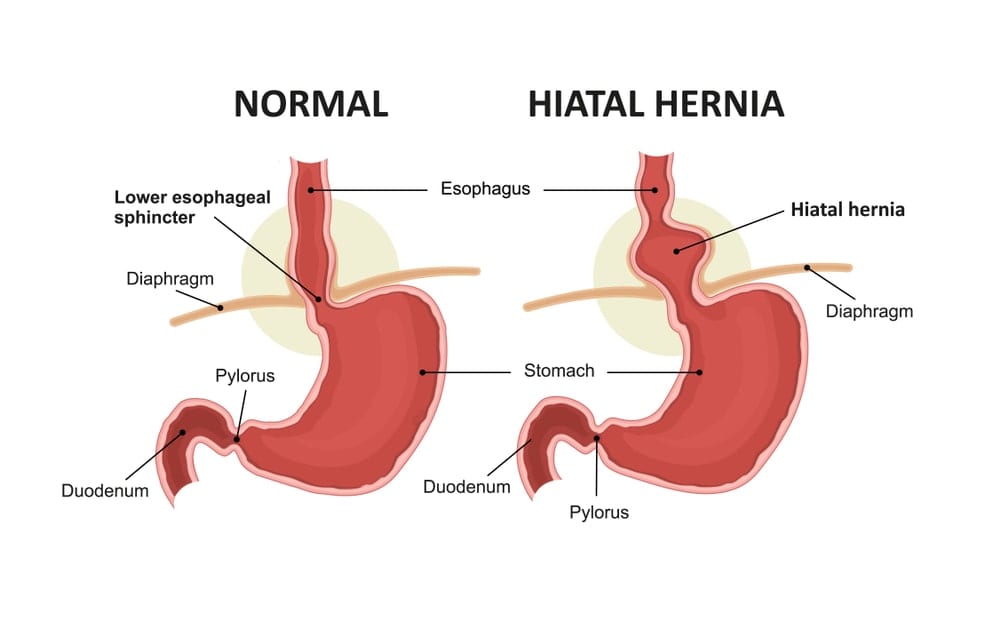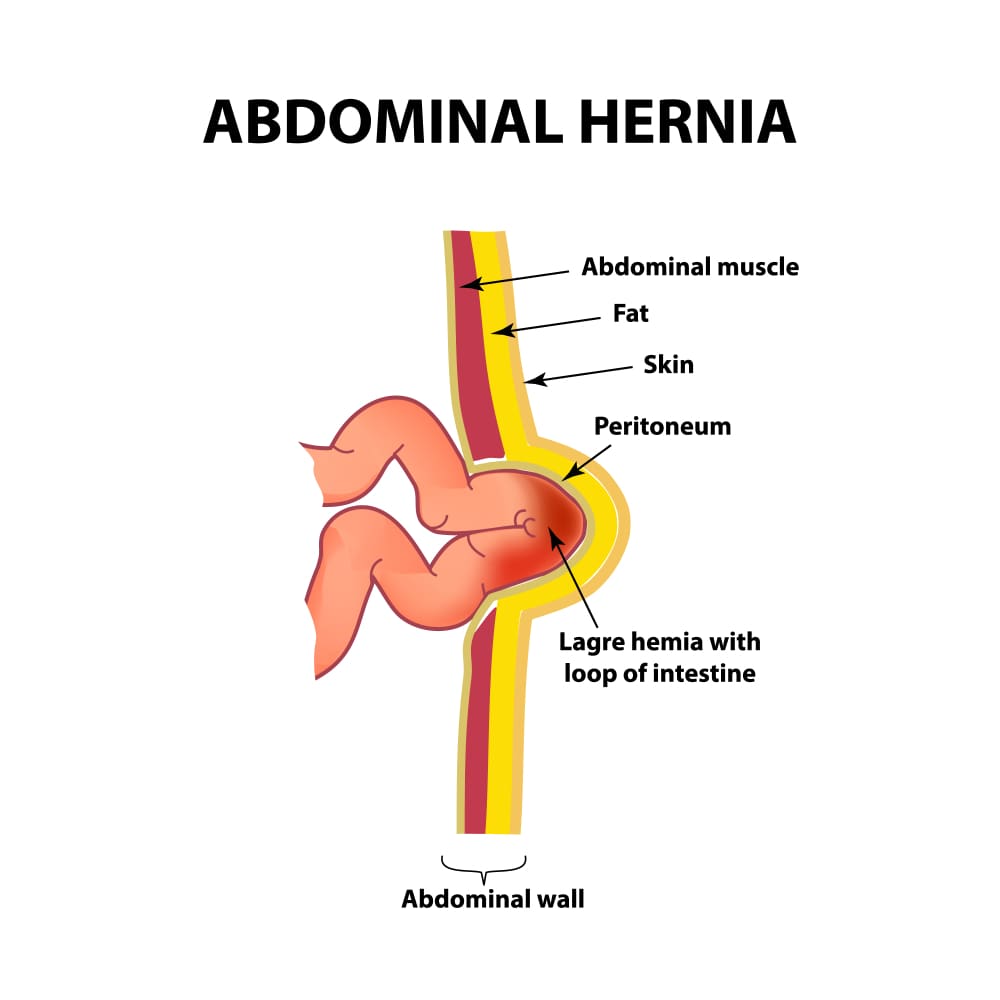Summerlin Hernia Repair
What is a hernia?
A hernia occurs when the tissue or muscle that holds your organs opens as a result of a forced push of the organs. Often, it could be a weakened abdominal wall which causes intestines to breakthrough. Hernias are generally produced in a person’s abdomen – located anywhere between the hips and chest. However, in some cases, they can occur in the groin and upper thighs as well. Hernias might not be life-threatening in most cases, but they do not repair themselves. Hernia repair surgery may be required or recommended to prevent complications in the future. Dr. Dasari performs minimally invasive hernia repair at Summerlin Hospital or an outpatient surgery center closest to his patients.
What Are the Symptoms of a Hernia?
A common sign of a hernia is a bulge that can be observed by the naked eye. Other symptoms can be heartburn, cough, or difficulty in swallowing. Acute hernia symptoms include excruciating pain, constipation, and vomiting. A dragging sensation, weakness, or pressure in the groin is also symptoms of a hernia. Whenever you sense your hernia is becoming soft and you are unable to push it, it is best to seek a hernia repair surgeon in Summerlin immediately. This is because hernias can cause infection in your organs or tissues, resulting in blockage and serious complications.
What are the Hernia Repair Treatment Options in Summerlin?
Surgical options vary on the circumstances of the patient. The location of the hernia can be a primary source of deciding the kind of hernia repair treatment required. The two main types of hernia repair surgery are:
Open Surgery: Requiring general anesthesia or sedation, this process involves closure of hernia making use of mesh, sutures, or sometimes, both. The surgical wound is then sealed with the help of staples, sutures, or surgical glue. You may be asked to move around after the surgery but it will take some time to resume normal activities.
Laparoscopic Repair: Making use of general anesthesia, this procedure involves making small incisions in the patient’s abdomen. Gas is utilized for inflation of the abdomen to make the internal organs visible. Then, a small tube consisting of a laparoscope is inserted through an incision. Eventually, the hernia is repaired with the use of systematic mesh. This process is required in cases where there have been repetitive operations – so the previously left scars are avoided. After this procedure, it may take a few weeks for you to get back to your regular level of activity.
Summerlin Hernia Repair Surgeon Dr. Chanu Dasari
Dr. Dasari is a highly regarded hernia repair surgeon in Summerlin. He is affiliated with Summerlin Hospital, a part of the Valley Health System, to provide his patients the very best in outpatient and inpatient surgical care near them.









